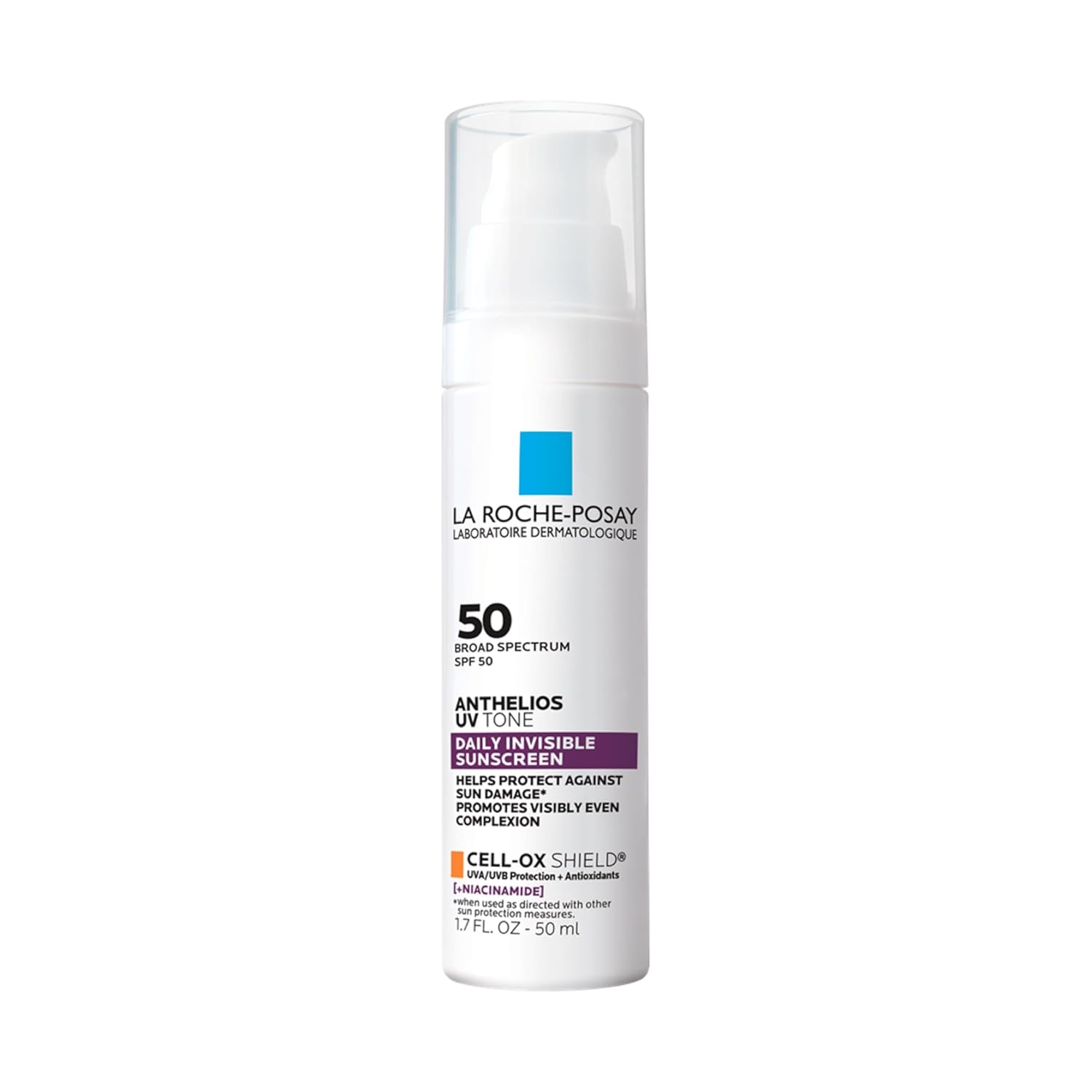









Price: $39.99
(as of Apr 15, 2025 07:29:12 UTC - Details)
What is the Best Sun Blocker? A Comprehensive Guide to Choosing the Right Sun Protection
Introduction
As the sun shines brighter and our outdoor activities increase, the importance of sun protection cannot be overstated. Choosing the best sun blocker is essential for keeping your skin safe from harmful UV rays, preventing sunburn, and reducing the risk of skin cancer. In this article, we will explore various aspects of sun block, including types, ingredients, application tips, and more, to help you find the perfect product for your needs. Whether you’re looking for a sunblock for sensitive skin or a water-resistant formula for beach days, we’ve got you covered.
Understanding Different Types of Sun Blockers
1. Chemical vs. Physical Sunscreens
When it comes to sun blockers, the first decision you need to make is between chemical and physical sunscreens.
Chemical Sunscreens: These products absorb UV rays through their chemical ingredients, which then transform the rays into heat. They are lightweight and often easier to apply without leaving a white cast on the skin. Look for ingredients like avobenzone and octisalate in these formulations.
Physical Sunscreens: Also known as mineral sunscreens, these contain active mineral ingredients like zinc oxide or titanium dioxide. They work by sitting on top of the skin and reflecting UV rays. These are ideal for sensitive skin types, as they are less likely to cause irritation.
2. Broad Spectrum Protection
When shopping for the best sun blocker, you’ll often see terms like “broad spectrum.” This means the product protects against both UVA and UVB rays.
UVA Rays: These rays penetrate deep into the skin and are primarily responsible for skin aging and wrinkles.
UVB Rays: These rays are responsible for sunburn and play a significant role in developing skin cancer.
Choosing a broad-spectrum sunscreen ensures you’re protected from both types of harmful rays.
3. SPF Ratings Explained
SPF, or Sun Protection Factor, indicates how well a sunscreen can protect your skin from UVB rays.
A higher SPF does not mean you can stay in the sun longer; it simply means you have more protection. For daily use, an SPF of 30 is generally recommended. However, for prolonged outdoor activities, you may want to opt for SPF 50 or higher.
4. Water Resistance
If you plan on swimming or sweating, look for a water-resistant sun blocker.
Water-Resistant Formulas: These sunscreens are designed to maintain their SPF protection for a certain amount of time while you’re in the water or sweating. Typically, you’ll find water resistance rated for either 40 or 80 minutes.
Always remember to reapply after swimming or excessive sweating, even with water-resistant sunscreens.
Key Ingredients to Look For
5. Antioxidants and Skin Nourishing Ingredients
Beyond sun protection, many modern sunscreens also contain additional skin-loving ingredients.
Antioxidants: Ingredients like vitamin C and green tea extract help combat free radicals generated by sun exposure.
Moisturizers: Look for sunscreens that contain hyaluronic acid or glycerin to keep your skin hydrated while protecting it from the sun.
6. Fragrance-Free and Hypoallergenic Options
If you have sensitive skin or are prone to allergies, opt for fragrance-free or hypoallergenic sunscreens.
These products are formulated without common irritants that can cause breakouts or rashes. Always check for labels that indicate the product is safe for sensitive skin.
Application Tips for Maximum Protection
7. How to Apply Sun Blocker Correctly
Applying your sun block correctly is just as important as choosing the right product.
Amount to Use: A general rule of thumb is to use about one ounce (the size of a shot glass) for your entire body. Don’t forget areas often missed, like ears, the back of your neck, and the tops of your feet.
Timing: Apply your sunscreen 15 to 30 minutes before sun exposure to allow it to absorb into the skin.
8. Reapplication is Key
Reapplying sunscreen is crucial for maintaining protection.
Frequency: Reapply every two hours, or immediately after swimming or sweating.
Make It a Habit: Consider setting reminders on your phone or using a water-resistant sunscreen stick for easy application on the go.
Choosing the Right Sun Blocker for Different Activities
9. Best Sun Blocker for Daily Use
For everyday wear, look for lightweight, non-greasy formulations.
Tinted Moisturizers: A tinted moisturizer with SPF can provide both coverage and sun protection, ideal for running errands or casual outings.
Matte Finish: If you have oily skin, consider a matte-finish sunscreen that won’t leave your face looking shiny.
10. Best Sun Blocker for Beach Days
Heading to the beach? Opt for a water-resistant sunscreen with a higher SPF.
Spray Formulas: These can be easier to apply and reapply, especially on sandy skin.
Broad Spectrum: Ensure your beach sunscreen offers broad-spectrum protection to guard against both types of UV rays.
11. Best Sun Blocker for Sports and Outdoor Activities
For those who are active outdoors, a sweat-resistant formula is a must.
Gel-Based Sunscreens: These are often less greasy and stay put while you’re on the go.
Stick Form: A sunscreen stick can easily fit in your pocket and is great for quick touch-ups during hikes or sports.
Conclusion
Finding the best sun blocker for your needs doesn't have to be overwhelming. By understanding the various types of sunscreens, looking for key ingredients, and applying it correctly, you can protect your skin from harmful UV rays effectively. Remember to choose broad-spectrum options, consider your activity level, and reapply regularly for the best results. With this guide, you're now equipped to make an informed choice for your sun protection needs. Don't forget, your skin health is worth the investment in quality sun block!
